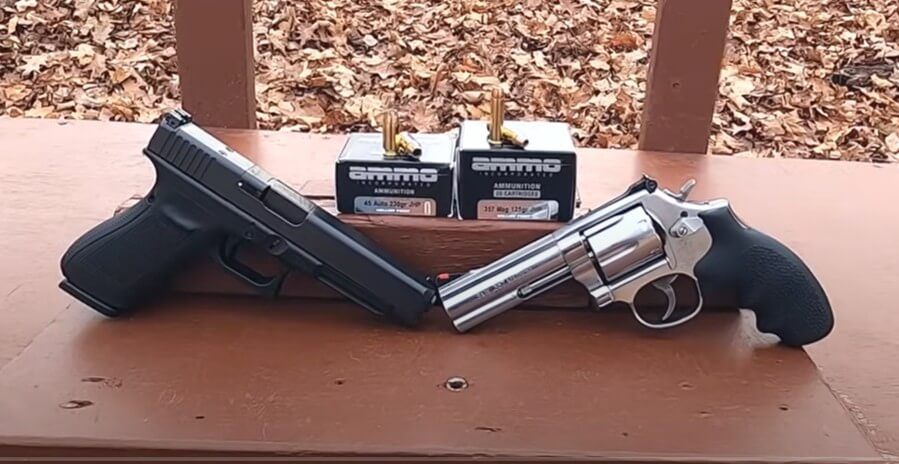Overview of the Keiler Mine Clearing Vehicle
The world of military engineering is constantly evolving, adapting to the dynamic and often dangerous landscapes of modern conflict zones. Among the advanced tools developed to ensure safety for troops is the Keiler Mine Clearing Vehicle. This innovative vehicle is specially designed to clear minefields, paving the way for safe passage in perilous territories.
Origins and Evolution
The need for a reliable mine-clearing vehicle became apparent during the late 20th century. Mines have long been a low-cost, high-impact tool in asymmetrical warfare, posing a persistent threat to military and civilian populations alike. The Keiler, which finds its roots in German engineering, represents decades of innovation aimed at effectively neutralizing such threats.
The Keiler’s development focused on creating an armored vehicle capable of withstanding the rigors of combat zones while adeptly dealing with varied terrain and mine types. Its design incorporates features that allow it to operate autonomously, reducing human risk significantly.
Technical Specifications
The Keiler is outfitted with cutting-edge technology to enhance its mine-clearing capabilities. Below is a table outlining some of its key specifications:
| Specification | Details |
|---|---|
| Engine Type | MTU MB 833 Ea-500, 830 hp |
| Weight | 53 tons |
| Top Speed | 51 km/h |
| Crew | 2 (Driver, Operator) |
| Clearing Width | 4.7 meters |
| Mines Cleared per Hour | 4,000 – 10,000 m² |
Design Features
One of the most notable features of the Keiler is its flexible flail system. This system comprises numerous chains that rotate at high speeds, striking the ground to detonate or safely dislodge mines. This method is highly effective across different environments, from deserts to dense forests. The vehicle’s armored exterior is constructed to endure mine detonations, ensuring the safety of its crew.
Additionally, the Keiler is equipped with advanced sensor technology and GPS systems that enable precise navigation and operations, even in less visible conditions such as dust or night settings. These features ensure the vehicle’s actions remain constant and efficient, regardless of external environmental challenges.
Operational Flexibility
The Keiler is highly regarded for its operational flexibility. It is capable of easily transitioning between transport and mine-clearing operations. This flexibility is crucial for military applications where speed and tactical adaptability are essential. Its ability to independently process and neutralize large fields of mines dramatically increases the operational tempo of advancing forces, allowing for swift and safe maneuvering.
Global Deployment and Impact
Since its introduction, the Keiler has been deployed in various global regions plagued by land mines. Its use in NATO operations and peacekeeping missions has highlighted its reliability and effectiveness. The vehicle’s presence not only enhances military efficiency but also plays a crucial role in humanitarian efforts post-conflict, ensuring safe return to affected areas for civilian populations.
Future of Mine Clearing Technology
Looking ahead, the Keiler Mine Clearing Vehicle sets a benchmark for future advancements in mine-clearing technologies. Continued integration of AI and autonomous systems presents opportunities for even greater operational efficacy and reduced risks to human operators.
In summary, the Keiler stands as a testament to engineering excellence and military collaboration. It underscores the pivotal role of innovation in crafting solutions that not only meet immediate needs but also chart a course for future safety enhancements across diverse conflict landscapes.









